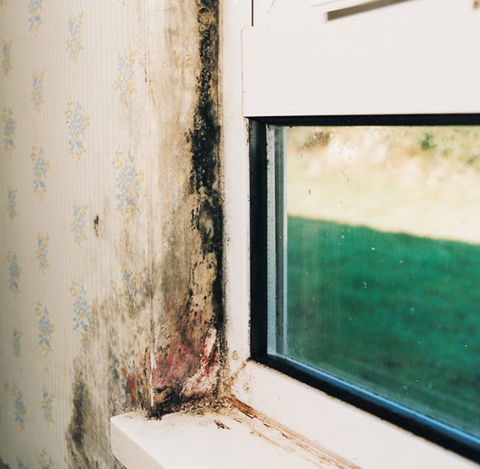Following the recent high-profile research on indoor air quality, Jenny Smith, Marketing Manager at Vent-Axia calls for legislative change.

Change is needed. With a growing body of research stating in no uncertain terms the negative impact that poor indoor air quality (IAQ) is having on the nation’s health, the ventilation industry now needs to lobby for legislative change.
The importance of IAQ has been well known within the ventilation sector but until now has been largely ignored outside the industry. Many households remain blissfully unaware of the potential health implications of poor indoor air quality in their homes.
However, this changed with the recent publication of The Royal College of Physicians report: “Every breath we take: the lifelong impact of air pollution” which starkly sets out the dangerous impact air pollution is currently having on our health. Generating a considerable amount of press coverage, the report informed households that around 40,000 people are dying in the UK every year due to air pollution, with the cost to our health services and to business put at more than £20 billion a year. With health problems such as cancer, asthma, stroke and heart disease, diabetes, obesity and dementia all linked to poor air quality, it is clear that this needs to be urgently addressed in every household.
Part L – good for energy efficiency, bad for IAQ?
The reason IAQ is more prevalent now is that in a bid to combat climate change our homes have become increasingly both energy efficient and air tight. In new build residential properties the introduction of Part L (Conservation of Fuel and Power) of the Building Regulations has helped to ensure our new build homes are reaching new standards of efficiency while reducing air leakage.
Meanwhile, a combination of regulation and government incentives has resulted in almost half of UK homes having received energy efficiency upgrades. These upgrades have included draught proofing, improved insulation and heating but, as a result, reduced ventilation has been found to negatively affect IAQ.
Increased asthma risk
As our homes have become increasingly air tight, the problems with IAQ have become less easy to ignore. This problem was highlighted in Exeter University’s research report: ‘Higher energy efficient homes are associated with increased risk of doctor diagnosed asthma in a UK subpopulation.’
The Exeter study is key because it combined detailed asset management property and health data to assess the impact of household energy efficiency on asthma outcomes in an adult population living in social housing. The results of the research were shocking, with a unit increase in energy efficiency – using the Standard Assessment Procedure (SAP) rating – associated with a 2% increased risk of current asthma, with the greatest risk in homes with SAP>71.
Does Part F go far enough?
Although the Building Regulations Approved Document Part F (Means of Ventilation) aims to ensure good ventilation in properties, unfortunately it has not effectively kept up with the alterations to our homes. Increased air tightness due to Approved Document Part L and energy efficiency upgrades to existing properties means that the Building Regulations guidance may no longer ensure good IAQ.
While Part F does recommend increasing the ventilation provision for dwellings with high design airtightness, it assumes air from outside is suitable as a replacement.
Therefore, although the current ventilation levels set out in Building Regulations may appear fit for purpose, they may actually not go far enough in defining a method of ventilation that can help ensure the air in our buildings is good enough.
This is confirmed in IAQ research by a leading academic at The University of Reading. Professor Hazim Awbi’s report: “The Future of Indoor Air Quality in UK Homes and its Impact on Health”, states the health risks associated with poorly ventilated homes in no uncertain terms. The report warns that the number of people suffering with asthma could increase by 80% from current levels as new and refurbished homes become ever more air tight to meet the government’s carbon emission targets for 2050. It also states that current Building Regulations could increase indoor pollutant levels equivalent to the upper end of (and in some cases well above) World Health Organisation recommended limits.
Legal requirement on air exchange rate
The report suggests that there should be a legal requirement for new homes, and guidance for retrofitted homes, to have an air exchange rate of at least 0.5/hour to help protect human health. It also advises that the most cost-effective solution for achieving this exchange rate, whilst still satisfying energy efficiency requirements, is the standardised fitting of effective continuous mechanical ventilation, preferably with heat recovery (MVHR).
With these concerns fresh in consumers’ minds, electricians need to let their customers know about the continuous ventilation options now on offer. As an industry we now need to work together to combat poor IAQ. Legislative change is needed to offer further guidance on IAQ, otherwise we are set to face a time bomb of health problems in the near future.